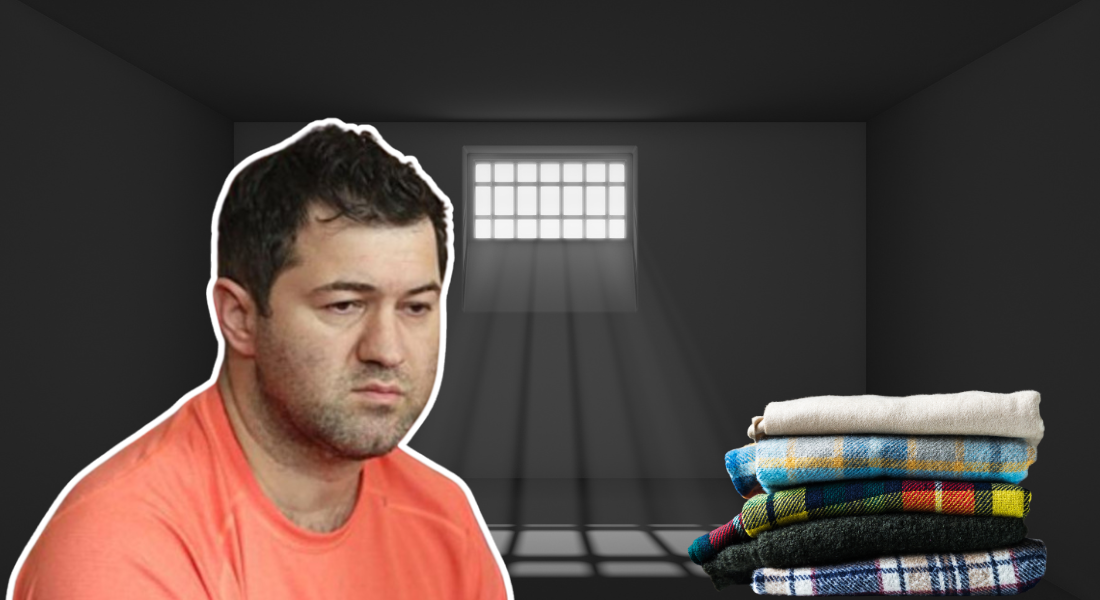

On October 31, 2025, after eight long years of proceedings, the HACC delivered its verdict in the case against former head of the State Fiscal Service, Roman Nasirov. He was sentenced to six years’ imprisonment, fined UAH 17,000, and barred from holding public office for three years. At the same time, the Anti-Corruption Court acquitted Nasirov’s alleged accomplice, Volodymyr Novikov, and dismissed the civil claim filed by Ukrgazvydobuvannya for UAH 44.8 million.
The Nasirov case is among the most high-profile corruption proceedings of the past decade. He was accused of unlawfully granting tax payment deferrals to companies linked to fugitive ex-MP Oleksandr Onyshchenko and his notorious “gas scheme,” which allegedly cost the state budget nearly UAH 2 billion.
The pre-trial investigation began in March 2017. Nasirov was served with a notice of suspicion in the Feofania hospital, where he had been admitted supposedly after a heart attack — which later turned out to be false. The emblematic image of this case became the “magic checkered blanket” under which Nasirov was carried into court.
The trial dragged on for more than eight years, becoming an “iconic” example of procedural abuse. For example, the Shevchenkivskyi District Court of Kyiv was bogged down after the defense insisted on reading aloud all 774 pages of the indictment. When the case was transferred to the HACC in 2019, Nasirov’s lawyers continued filing endless motions to recuse judges and prosecutors, repeatedly skipped hearings, and the defendant himself staged dramatic acts, firing lawyers or claiming hospitalization. Even his failed attempt to enlist for military service in April 2025 was seen as yet another ploy to stall the proceedings.
So, while the guilty verdict is an important signal, it is far from the end of the story. The main risk now is that in April 2026 the case may be closed due to the expiration of the statute of limitations. If the defense keeps up its obstruction tactics during the appeal — which seems very likely — it may become impossible to secure a final conviction or deliver justice.
What exactly was Nasirov accused of, and how did his scheme work? How did the case move from the Shevchenkivskyi District Court of Kyiv to the HACC? What tricks did the defense use, and how did the court respond? Finally, what should we expect next and is there still a chance for justice? Find all the details in our full story on the HACC Decided platform.
The trial dragged on for more than eight years, becoming an “iconic” example of procedural abuse. So, while the guilty verdict is an important signal, it is far from the end of the story. The main risk now is that in April 2026 the case may be closed due to the expiration of the statute of limitations. If the defense keeps up its obstruction tactics during the appeal — which seems very likely — it may become impossible to secure a final conviction or deliver justice.






